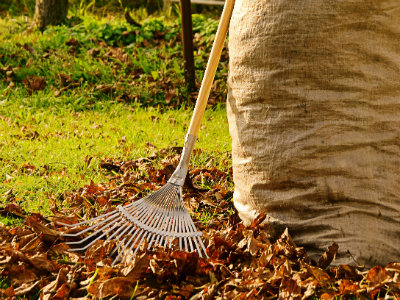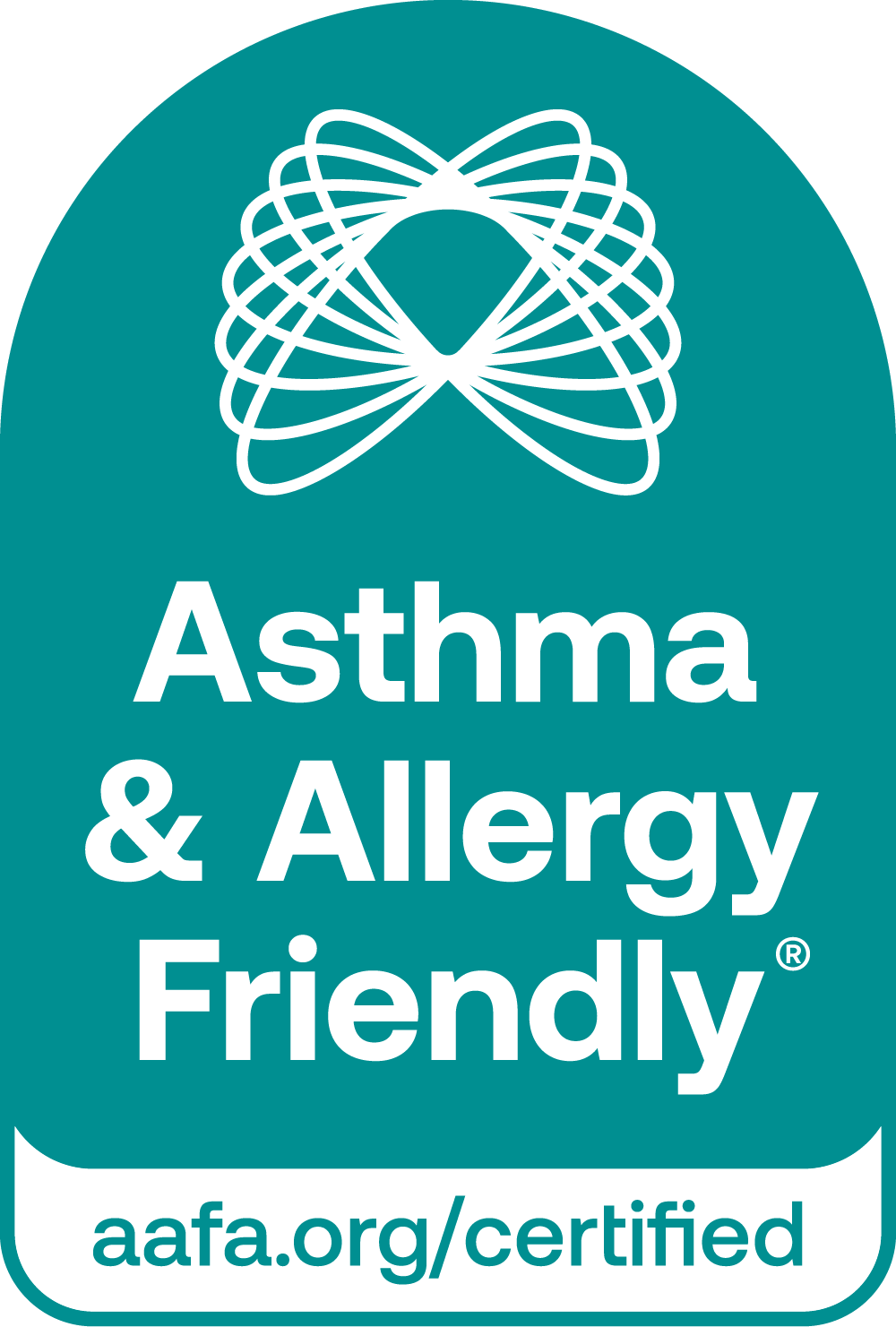 Fall can be hard for families like yours that are living with asthma and allergies. As global warming conditions boost ragweed levels each year, fall storms and tornadoes also pick up and disperse ragweed and other allergens.
Fall can be hard for families like yours that are living with asthma and allergies. As global warming conditions boost ragweed levels each year, fall storms and tornadoes also pick up and disperse ragweed and other allergens.
The most common outdoor allergen in the fall is ragweed, which pollinates from mid-August to early October through most of the United States. It can trigger asthma and allergy symptoms in millions of adults and kids causing itchy and runny nose, nasal congestion, repeated sneezing, watery eyes, inflamed sinuses and, in severe cases, difficulty breathing.
But, it’s not just an outdoor problem—weed pollen also makes its way indoors and it is important to take steps in order to avoid pollen from getting into your homes. And don’t forget, removing it when it does get in.
Mold is another common trigger during the fall. Mold is more commonly air-borne in the autumn as decaying leaves and other vegetation fall to the ground. Outdoor mold, resulting from previous storms, can continue to grow and can spread from fall weather and wind patterns.
Follow these tips from the asthma & allergy friendly® Certification Program to prepare for, and help manage, your asthma and allergies this fall:
- Keep windows and doors closed to prevent pollen from blowing into your home.
- Change the air filter in your furnace every 30-90 days to help capture pollen and other allergens.
- Reduce the presence of mold by keeping indoor humidity below 50% and clearing the yard of damp firewood and leaves.
- Wear a dust mask when digging around plants, picking up leaves, or disturbing other plant materials.
- Clean garbage receptacles frequently to avoid mold build-up.
- Talk to your doctor. Symptoms from allergic reactions to pollen and outdoor mold are often confused with a cold or the flu, particularly in the fall.
- Use Certified asthma & allergy friendly® products and services that are proven through independent, scientific testing to be highly effective at reducing your exposure to allergens and irritants.
What are you doing to prepare for fall? Tell us in the comments below.
